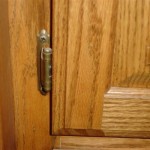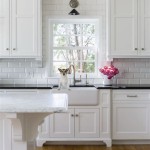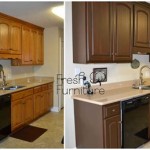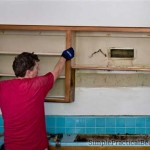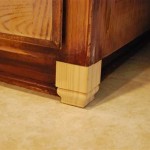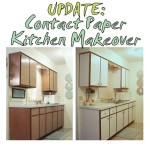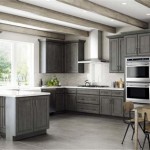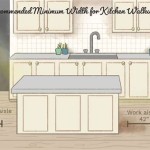Essential Aspects of Sticky Back Paper For Kitchen Cupboards
Sticky back paper is a self-adhesive vinyl film that can be used to cover a variety of surfaces, including kitchen cupboards. It is a popular choice for homeowners and renters alike because it is easy to apply, affordable, and can be removed without damaging the underlying surface.
When choosing sticky back paper for kitchen cupboards, there are a few things to keep in mind. First, you need to decide what type of finish you want. Sticky back paper is available in a variety of finishes, including gloss, matte, and textured. Glossy finishes are easy to clean and reflect light, making them a good choice for small kitchens. Matte finishes are less reflective and can help to hide imperfections in the surface of the cupboards. Textured finishes can add a touch of interest to your kitchen and can be used to create a variety of looks.
Once you have decided on a finish, you need to choose a color or pattern. Sticky back paper is available in a wide variety of colors and patterns, so you can find the perfect match for your kitchen décor. If you are not sure what color or pattern to choose, you can order samples from a variety of manufacturers.
When applying sticky back paper, it is important to follow the manufacturer's instructions carefully. First, clean the surface of the cupboards thoroughly with a damp cloth. Then, measure and cut the sticky back paper to fit the surface. Peel off the backing and carefully apply the sticky back paper to the surface, smoothing out any bubbles as you go. Once the sticky back paper is applied, use a sharp knife or scissors to trim any excess around the edges.
Sticky back paper is a great way to update the look of your kitchen cupboards without spending a lot of money. It is easy to apply and remove, and it can be used to create a variety of looks. With a little planning, you can find the perfect sticky back paper to give your kitchen a new look.
Here are some additional tips for using sticky back paper for kitchen cupboards:
- Use a sharp knife or scissors to cut the sticky back paper to fit the surface. This will help to prevent the paper from tearing or fraying.
- Peel off the backing slowly and carefully. If you peel off the backing too quickly, the paper may tear or wrinkle.
- Smooth out any bubbles as you apply the sticky back paper to the surface. This will help to prevent the paper from peeling or blistering.
- Trim any excess sticky back paper around the edges using a sharp knife or scissors.

How To Update Cabinets Using Contact Paper Al Kitchen Makeover Cover Apartment

Spruce Up The Outside Of Your Kitchen Cabinets With Contact Paper Offbeat Home Life

7 Super Fast Mini Makeovers Kitchen Cabinets Makeover Contact Paper Diy

How To Update Cabinets With Contact Paper The Handyman S Daughter
Temporary Contact Paper Kitchen Cabinet Decorations Pink Stripey Socks

Spruce Up The Outside Of Your Kitchen Cabinets With Contact Paper Offbeat Home Life

How To Make Over A Kitchen With Contact Paper Covering Cabinets Countertops And Appliances

Contact Paper In The Kitchen 5 Places

Gloss Pink Wallpaper Contact Paper Oil Water Proof Kitchen Cupboard Door Cover

1m Roll Glossy Waterproof Pvc Cabinet Wallpaper Self Adhesive Contact Paper For Door Furniture Stickers Bathroom Kitchen Wish Cabinets Wall
Related Posts

